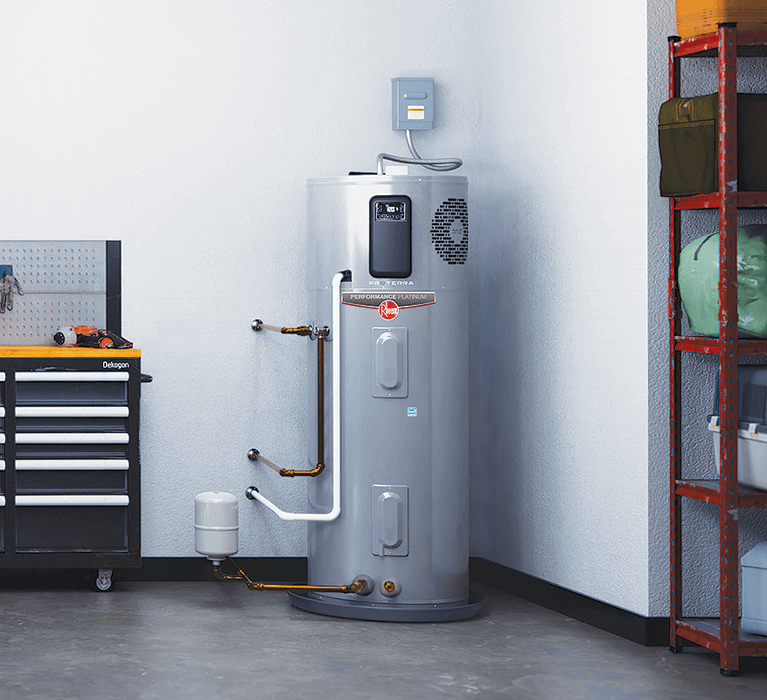This post below in relation to What Kind of Maintenance Do Water Heaters Need? is fairly insightful. Read on and draw your own personal conclusions.

Warm water is necessary for everyday convenience, whether it's for a revitalizing shower or cleaning dishes. To ensure your hot water system runs efficiently and lasts longer, routine upkeep is crucial. This write-up gives functional suggestions and insights on how to keep your home's hot water system to avoid disturbances and pricey repair services.
Introduction
Preserving your home's warm water system may seem challenging, yet with a couple of easy steps, you can guarantee it runs smoothly for years ahead. This overview covers whatever from recognizing your warm water system to DIY maintenance pointers and understanding when to hire professional assistance.
Value of Preserving Your Hot Water System
Normal upkeep not just prolongs the lifespan of your warm water system yet likewise ensures it operates successfully. Disregarding upkeep can result in decreased performance, greater energy bills, and even early failing of the system.
Indications Your Warm Water System Requirements Maintenance
Recognizing when your warm water system needs interest can avoid significant problems. Look out for indications such as inconsistent water temperature, weird noises from the heating system, or rustic water.
Recognizing Your Hot Water System
Prior to diving into upkeep tasks, it's handy to comprehend the basic elements of your hot water system. Normally, this consists of the water heater itself, pipelines, anode rods, and temperature controls.
Month-to-month Maintenance Tasks
Regular month-to-month checks can help capture minor concerns before they escalate.
Purging the Water Heater
Purging your water heater removes debris buildup, boosting efficiency and lengthening its life.
Checking and Changing Anode Rods
Anode rods protect against rust inside the container. Inspecting and changing them when worn out is critical.
Examining and Readjusting Temperature Setups
Adjusting the temperature level setups ensures ideal performance and security.
Do It Yourself Tips for Maintenance
You can do several upkeep tasks on your own to maintain your hot water system in top problem.
Checking for Leakages
Routinely check pipes and links for leakages, as these can result in water damages and higher expenses.
Examining Pressure Alleviation Valves
Testing the pressure safety valve guarantees it functions appropriately and prevents extreme stress buildup.
Protecting Pipes
Protecting warm water pipes lowers heat loss and can conserve power.
When to Call a Professional
While DIY upkeep is useful, some concerns require expert experience.
Complex Problems Calling For Specialist Help
Examples consist of significant leaks, electrical issues, or if your hot water heater is consistently underperforming.
Regular Specialist Maintenance Advantages
Expert upkeep can consist of thorough inspections, tune-ups, and ensuring compliance with security criteria.
Verdict
Normal maintenance of your home's hot water system is vital for effectiveness, long life, and price financial savings. By adhering to these pointers and knowing when to seek professional help, you can guarantee a trustworthy supply of warm water without unanticipated disturbances.
How to Maintain an Instant Hot Water Heater
Before tinkering with your hot water heater, make sure that it’s not powered on. You also have to turn off the main circuit breaker and shut off the main gas line to prevent accidents. Also turn off the water valves connected to your unit to prevent water from flowing into and out of the appliance. 2. When you’re done, you have to detach the purge valves’ caps. These look like the letter “T†and are situated on either side of the water valves. Doing so will release any pressure that has accumulated inside the valves while at the same time avoid hot water from shooting out and burning your skin. 3. When the purge valves’ caps are removed, you have to connect your hosing lines to the valves. Your unit should have come with three hoses but if it didn’t, you can purchase these things from any hardware or home repair shops. You can also get them from retail stores that sell water heating systems. Read the user’s manual and follow it to complete this task properly. When the hosing lines are connected, open the purge port’s valves. 4. You should never use harsh chemical cleaners or solutions when cleaning your unit. Make use of white vinegar instead. It should be undiluted and you’ll probably use about 2 gallons. 5. Now flush your water heater. This task should probably take about 40 minutes. We can’t give you specific directions for this because the procedure is carried out depending on the type, model and brand of your heater. With that being said, refer to the user’s manual. 6. When you’re done draining the unit, you have to turn off the purge port valves again. Remove the hosing lines that you earlier installed on each of the water valves. Put the valve caps (purge port) back in their respective places and be very careful so as not to damage the rubber discs that are found inside these caps. 7. Now that everything’s back in place, check your user’s manual again to find out how to reactivate your water heating system. 8. Once it is working, turn one of your hot water faucets on just to let air pass through the heater’s water supply pipes. Leave the tap on until water flows smoothly out of it. https://www.orrplumbing.com/blog/2014/september/how-to-maintain-an-instant-hot-water-heater/

As a reader about How to Maintain Your Water Heater & Prolong its Life, I imagined sharing that topic was important. Sharing is good. Who knows, you could be doing someone a favor. We thank you for your readership.
Call Today